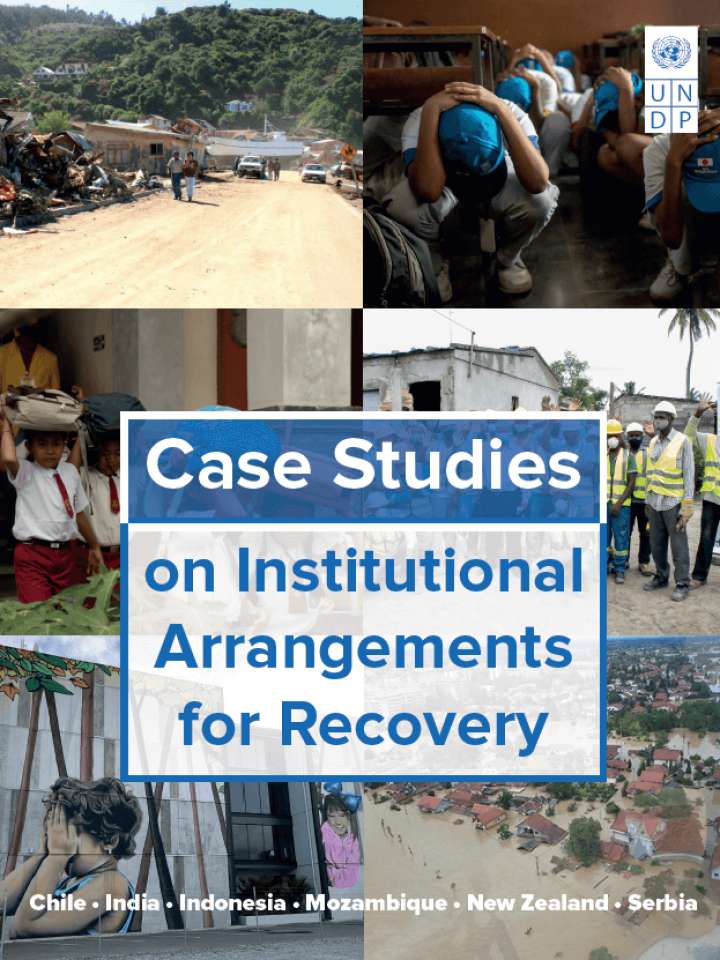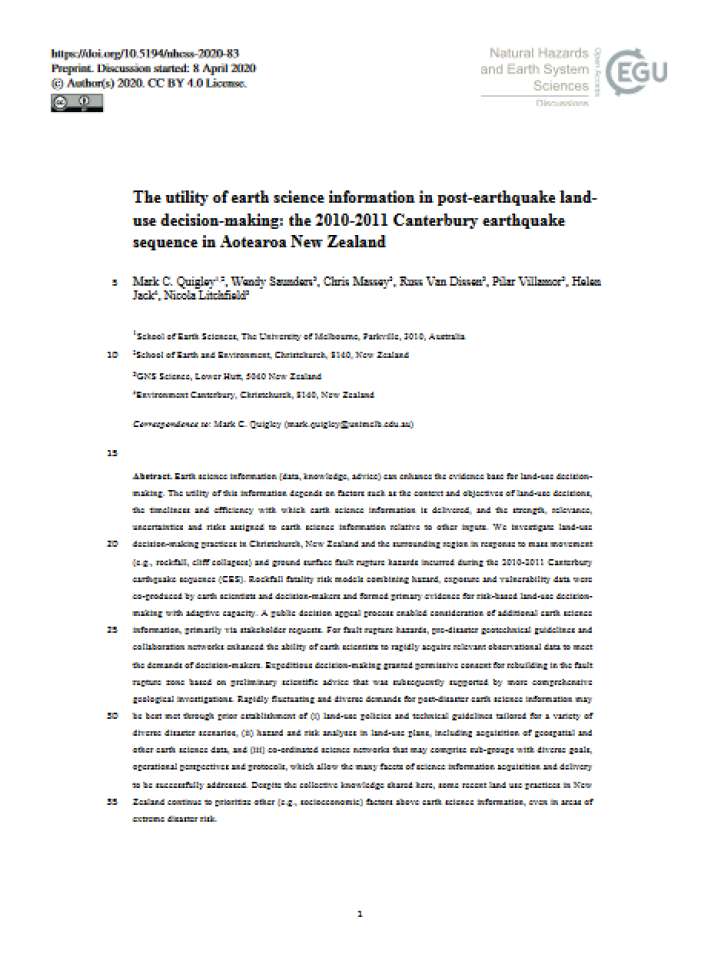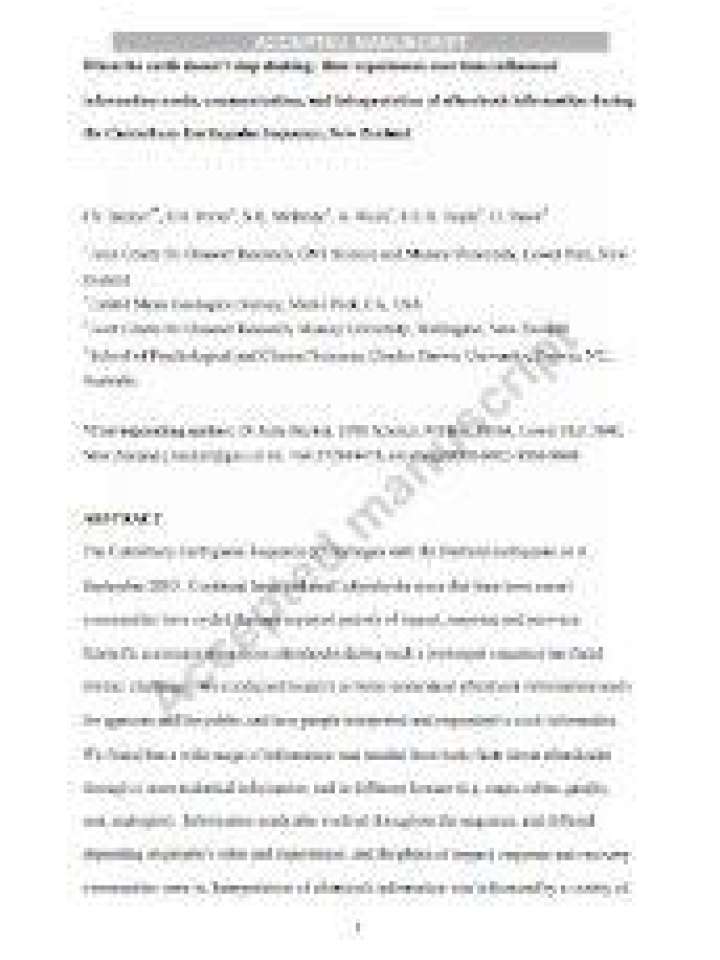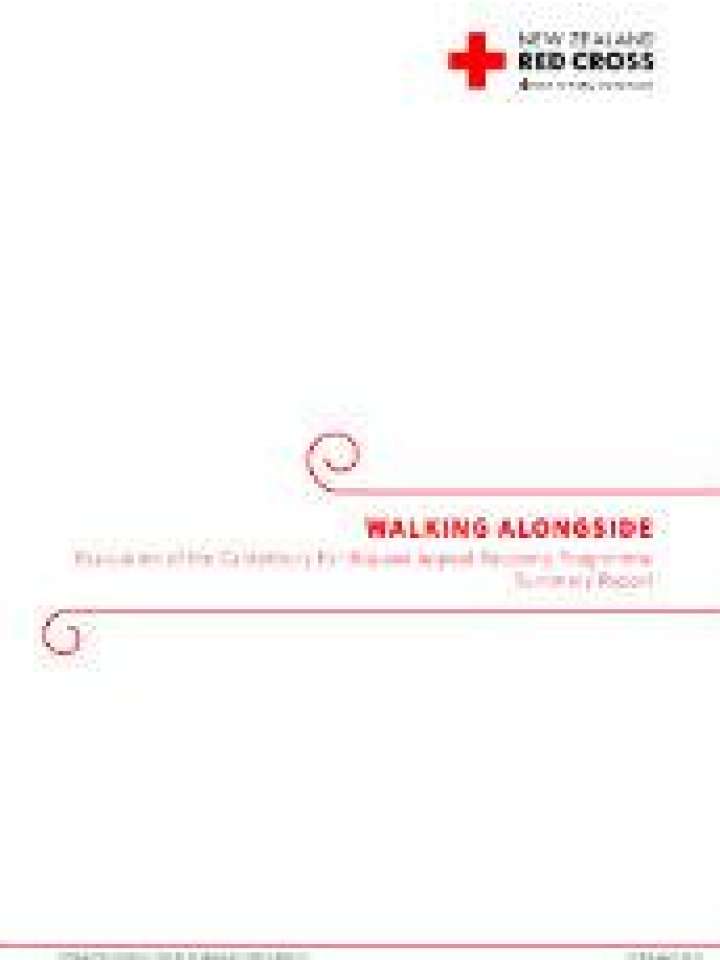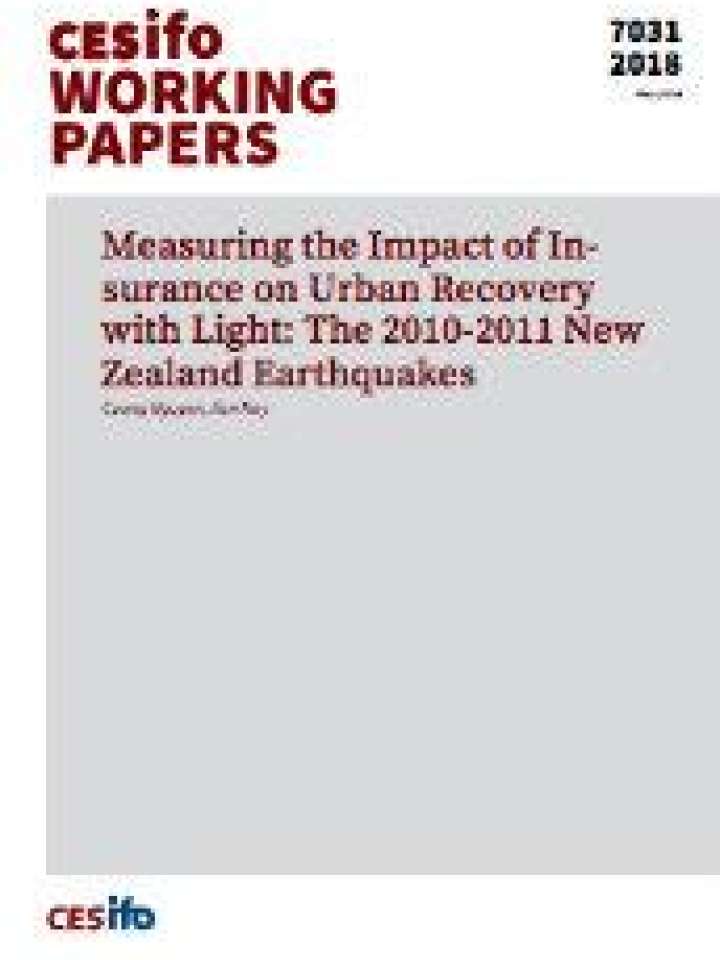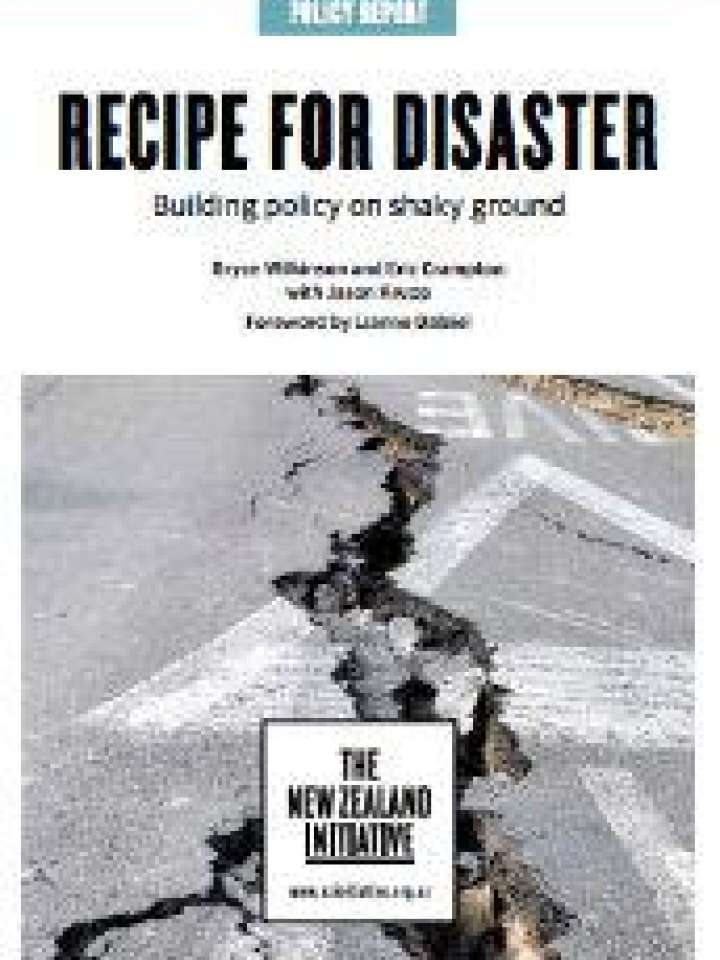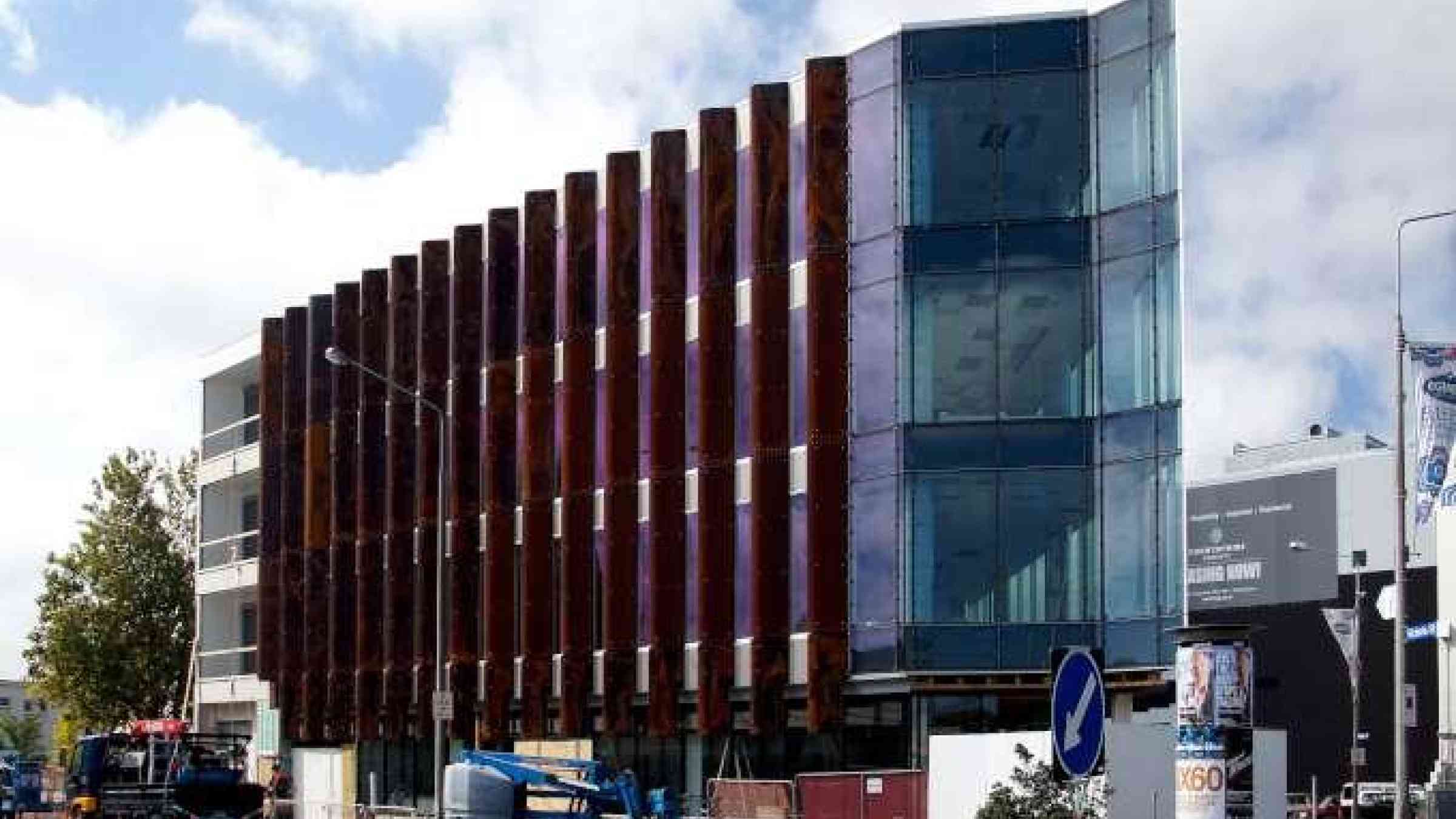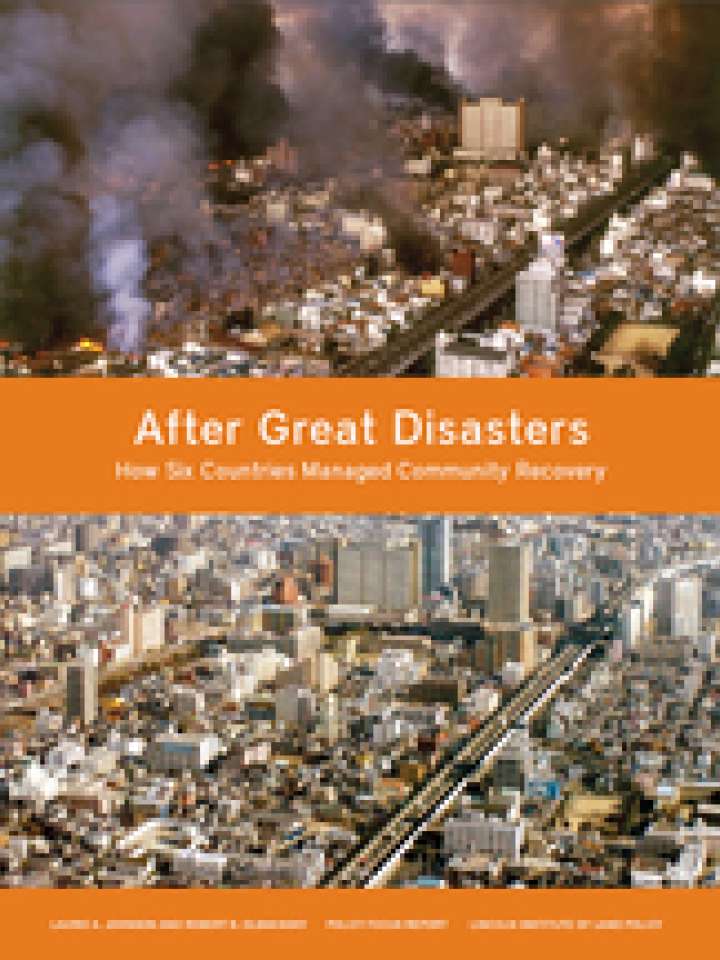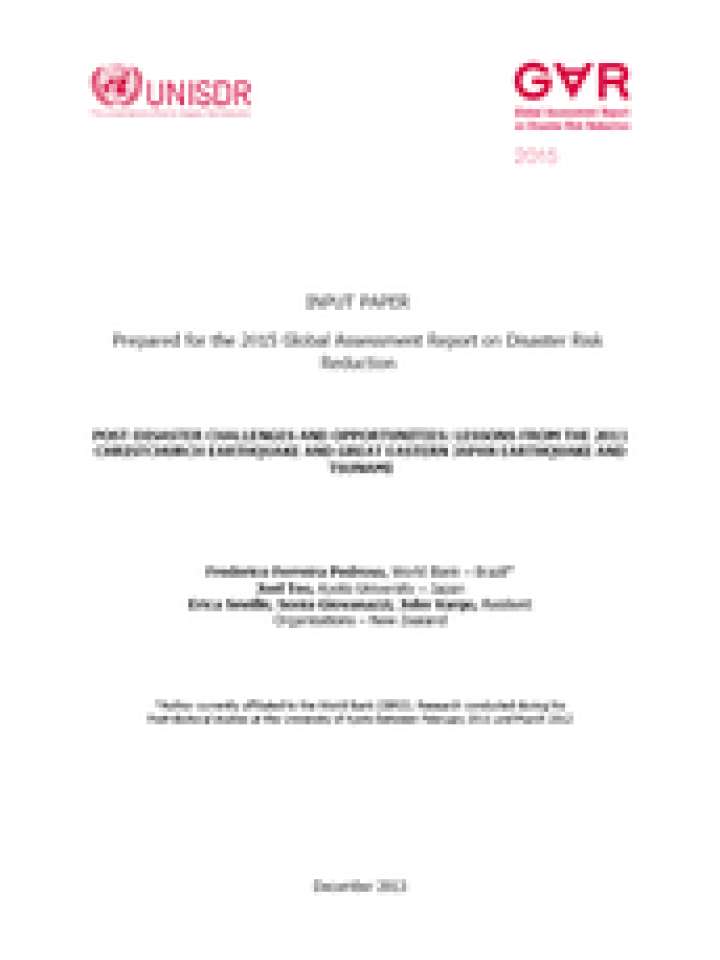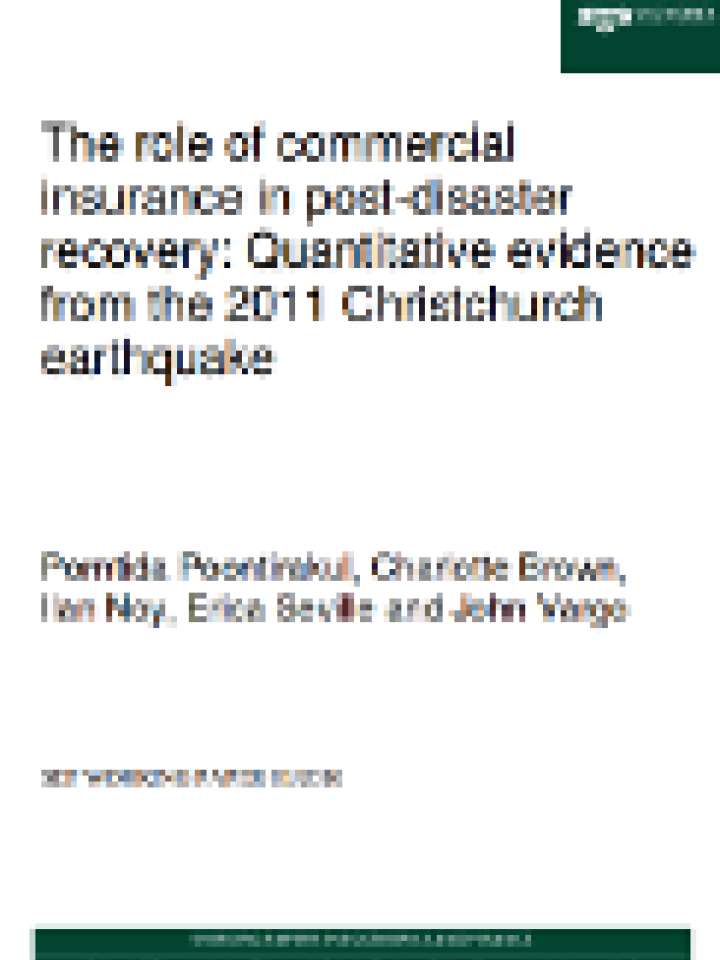Recovery Collection: New Zealand: Christchurch and Canterbury earthquakes 2010-2011
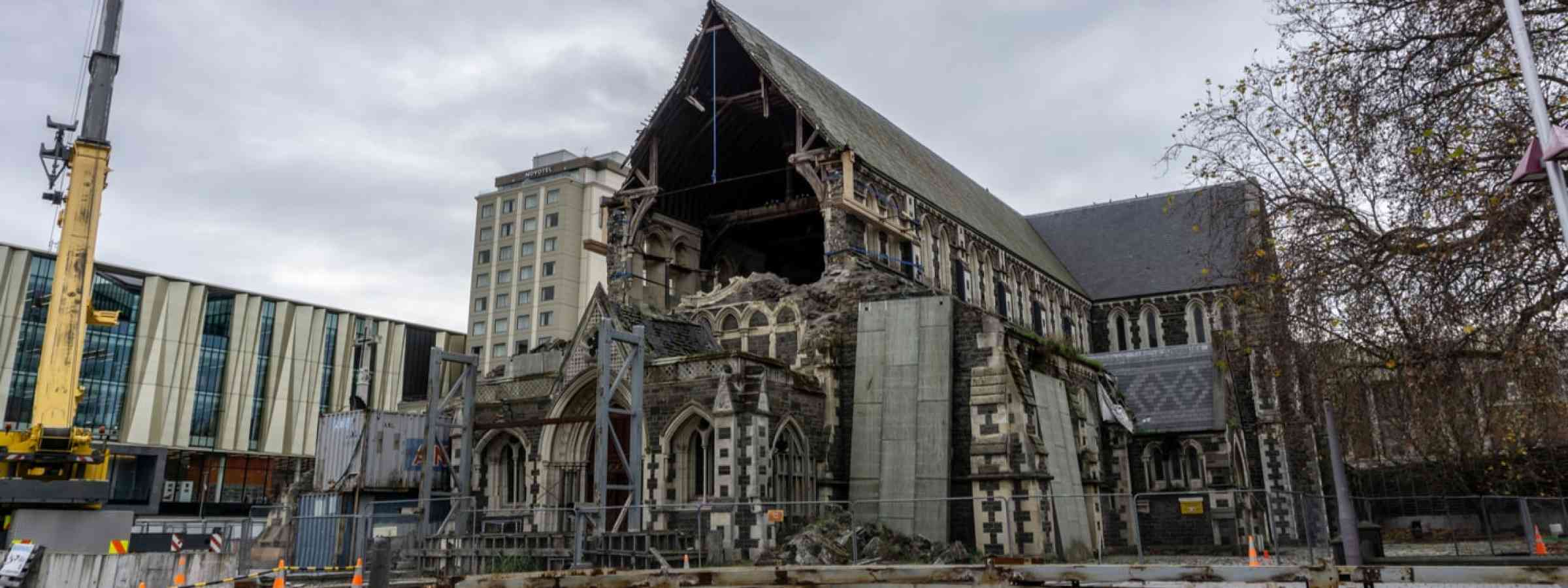
Introduction
On 4 September 2010, a magnitude 7.1 earthquake struck 40 kilometers west of Christchurch in the Canterbury region of the South Island. This marked the beginning of a series of earthquakes that generated over 7,000 aftershocks in the same area, including the Christchurch Earthquake which occurred on 22 February 2011 at a depth of 5 kilometers beneath Christchurch City causing 185 deaths and injuries to over 7,000 people [1]. The damage to land, housing, businesses, and infrastructure, including heritage buildings, as well as to air and water quality across the area, was widespread.
While legal frameworks such as the Civil Defence Emergency Management (CDEM) Act 2002 and recovery guidance such as the Recovery Management: Director’s Guidelines for CDEM Groups (2005) and Focus on Recovery: A Holistic Framework for Recovery in New Zealand (2005) were available at the time of the disaster, recovery limitations were determined that required a special legislation to be put in place, the Canterbury Earthquake Recovery Act 2011. The act established the Canterbury Earthquake Recovery Authority (CERA) for five years (2011-2016), which was headquartered in Christchurch and tasked with (i) identifying the appropriate institutions (i.e., Christchurch City Council, Environment Canterbury, Waimakariri District Council, Selwyn District Council, and Te Rūnanga o Ngāi Tahu) and providing the support to enable Christchurch to recover as quickly as possible; (ii) engaging communities in the recovery decisions in their area; and (iii) restoring the well-being of the population of Christchurch [2]. CERA was the central decision-making authority and responsible for developing the Canterbury Recovery Strategy, which was approved in May 2012, provided a broad, long-term and multi-stakeholder approach for the recovery of Christchurch, and identified specific issues in the economic, social, built, cultural, and natural dimensions to be addressed through the recovery plans developed by local authorities.
Very early on, CERA demonstrated success in delegating responsibility for critical activities, particularly to the private sector, and rebuilding infrastructure and completing small projects quickly and less costly, showing early wins that bolstered the confidence of the communities [3]. The Stronger Christchurch Infrastructure Rebuild Team, an alliance among CERA, the Christchurch City Council, the New Zealand Transport Agency, and five private construction firms, oversaw the rebuilding of the city’s roads, and fresh water, wastewater, and stormwater networks with resilience in mind. In 2013, the Land Use Recovery Plan was approved, which integrated land use policies in recovery, and facilitated changes to the Canterbury Council’s district plans, the Canterbury Regional Policy Statement, and other regulations. A purchase offer scheme was put in place by CERA, which enabled residents to relocate to areas of low risk. After the expiry of the Canterbury Earthquake Recovery Act, the Greater Christchurch Regeneration Act was approved in April 2016 to support the regeneration of greater Christchurch over the next five years (April 2016 to June 2021).
The Canterbury earthquakes led to a range of reviews on disaster risk reduction institutional practices, and the findings later incorporated into policy and planning from the national to local levels in New Zealand. It was determined that the CDEM Act 2002 lacked provisions for planning and implementing recovery thus, the need for a legislative framework to enhance New Zealand’s ability to manage disaster recovery was put forward. The learnings from the Canterbury Earthquakes are shared by the Government of New Zealand through this recovery learning website: https://quakestudies.canterbury.ac.nz/store/collection/22109.
References
[1] S.H. Potter, J.S. Becker, D.M. Johnston, K.P. Rossiter (2015) An overview of the impacts of the 2010-2011 Canterbury earthquakes, International Journal of Disaster Risk Reduction, Volume 14, Part 1, pp: 6-14, https://doi.org/10.1016/j.ijdrr.2015.01.014.
[2] ADB. (2018). Institutional Arrangements for Post-Disaster Recovery Case Studies. Manila: ADB.
[3] UNDP. (2021). Handbook on Recovery Institutions: A Guidebook for Recovery Leaders and Practitioners. New York: UNDP.
